Steven Lee
Co-PI (Core Leadership)
University of Cambridge
Steven F. Lee, DPhil, is a reader and Royal Society University Research Fellow in the Department of Chemistry at the University of Cambridge. His research centers on developing new biophysical methods to answer fundamental biological questions, primarily through the use of single-molecule fluorescence spectroscopy and multidimensional super-resolution imaging.
Dr. Lee completed his DPhil in physical chemistry at the University of Sussex in 2009 with Dr. Mark Osborne working on the photophysics of single quantum dots. As a postdoctoral scholar he worked first with Prof W.E. Moerner (Nobel Prize in Chemistry, 2014) in Stanford University and then with Prof Sir David Klenerman, FMedSci, FRS. He established his independent lab in 2013, was promoted to a university lectureship in 2017, and a reader in biophysical chemistry in 2020. He is the 2017 recipient of the Marlow Award in Physical Chemistry from the Royal Society of Chemistry.
Recent ASAP Preprints & Published Papers
RASP: Optimal single fluorescent puncta detection in complex cellular backgrounds
Single-molecule Immunofluorescence Tissue Staining Protocol for Oligomer Imaging V.3





